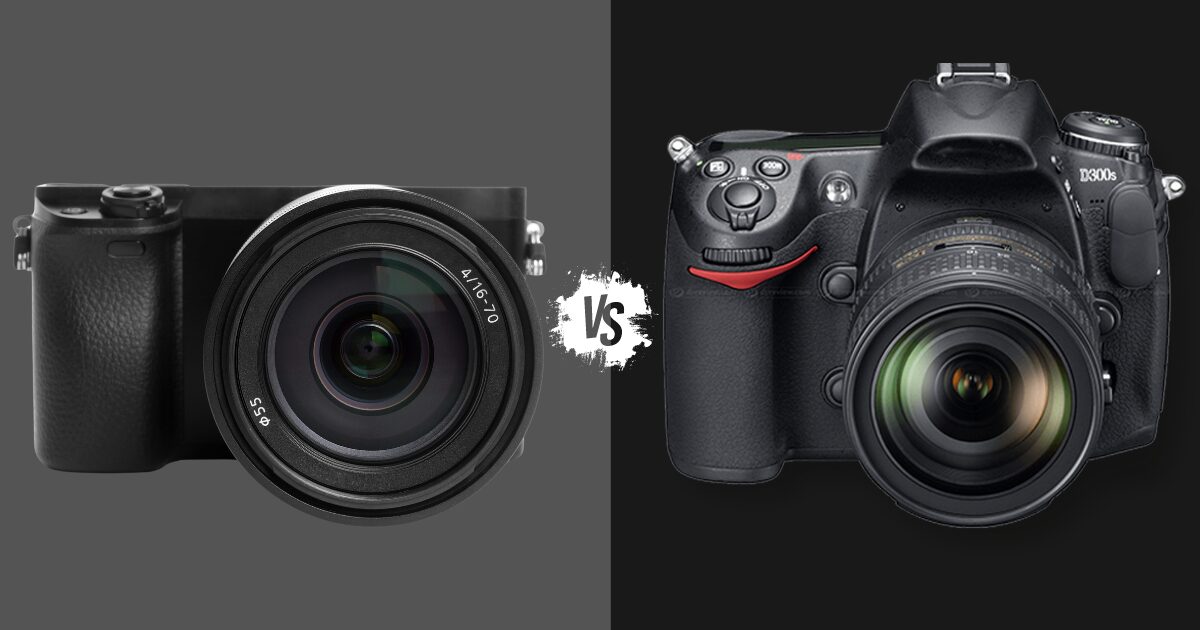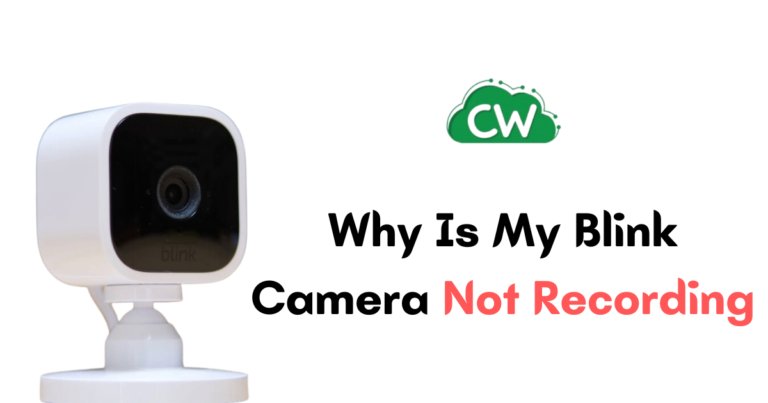Difference Between Mirrorless and DSLR Cameras (Which is The Best For You?)

In the world of photography, the debate between mirrorless and DSLR cameras is a hot topic. Both types of cameras have their unique features and capabilities, which makes them suitable for different photography needs and preferences.
This article aims to provide a detailed comparison to help you understand which might be the best fit for your photography journey.
What is DSLR and Mirrorless Cameras
DSLR Cameras have been the choice of professional photographers for decades. They feature a mirror mechanism that reflects the image into an optical viewfinder. This setup allows you to see exactly what the lens sees. DSLRs are known for their robust build, long battery life, and extensive lens options.
Mirrorless Cameras, on the other hand, do not have a mirror inside. Instead, the imaging sensor is exposed to light directly, and the image is displayed on an electronic viewfinder or the rear screen. This technology has allowed for more compact camera designs without compromising on image quality.
Image Quality and Performance: Both DSLR and mirrorless cameras can produce high-quality images, but there are subtle differences. Modern mirrorless cameras have the edge in terms of autofocus speed, especially in video mode, thanks to on-sensor autofocus technology. However, DSLRs still hold their own in image quality, particularly in low-light conditions, although the gap is narrowing.
Size and Portability: One of the most noticeable differences is in size and weight. Mirrorless cameras are generally more compact and lighter than DSLRs, making them a preferred choice for travel and street photography. DSLRs are bulkier due to the mirror and prism system. If portability is a priority, mirrorless cameras have a clear advantage.
Battery Life: DSLRs typically offer longer battery life compared to mirrorless cameras. This is because DSLRs use less power, only requiring battery for the autofocus and shutter release. Mirrorless cameras, with their electronic viewfinders and LCD screens, tend to drain batteries faster. For extended shooting sessions, a DSLR might be more reliable without needing spare batteries.
Lens and Accessory Options: DSLRs benefit from a wide range of available lenses, thanks to their long-standing presence in the market. Whether you need a wide-angle, macro, or telephoto lens, there’s likely a DSLR lens for every need. Mirrorless cameras, while rapidly expanding their lens collections, still have some catching up to do in this area.
Autofocus and Speed: Mirrorless cameras have made significant strides in autofocus performance, offering fast and accurate autofocus systems. They are particularly adept at tracking moving subjects, making them ideal for sports and wildlife photography. DSLRs, while improving, can be slower in live view and video autofocus.
Viewfinder: The choice between an optical viewfinder (DSLR) and an electronic viewfinder (mirrorless) is largely a matter of personal preference. Optical viewfinders provide a natural and lag-free view, while electronic viewfinders offer the advantage of seeing real-time exposure adjustments and additional information overlays.
Video Capabilities: Mirrorless cameras are generally more capable in video recording, offering superior autofocus during video and higher quality video formats. DSLRs are catching up but have been slower to adopt features like 4K recording and advanced video autofocus.
Price: Price points for both DSLR and mirrorless cameras vary widely based on features and brand. Entry-level models in both categories can be quite affordable, while professional-grade cameras can be a significant investment. Generally, mirrorless cameras can be more expensive, especially at the higher end of the market.
Which Should You Choose?
Choosing between a mirrorless and a DSLR camera is a decision that hinges on the individual’s specific photography needs, preferences, and style. For those who prioritize portability and ease of carrying, mirrorless cameras are an ideal choice.
Their compact size and lighter weight make them perfect for travel and street photography, where convenience and discretion are key. On the other hand, if you’re a professional photographer or someone who requires a wide range of lenses and accessories, a DSLR might be more suitable.
The extensive lens ecosystem and robust build of DSLRs cater well to diverse professional needs, especially in genres like sports, wildlife, and studio photography.
Battery life is another important factor. If you often find yourself in situations where charging batteries frequently isn’t feasible, the longer battery life of DSLRs can be a important advantage. This makes them a reliable choice for extended shooting sessions or when traveling to remote locations.
Conversely, for those who are equally or more focused on video recording, mirrorless cameras generally offer superior video capabilities. They tend to provide better autofocus in video mode and higher quality video formats, making them ideal for videographers and vloggers.
For beginners or casual photographers, the choice should be based on comfort and ease of use. Mirrorless cameras can be more user-friendly with their electronic viewfinders showing real-time exposure changes, which can be helpful for those learning photography basics.
However, some may prefer the optical viewfinder of DSLRs for a more traditional photography experience. The fast autofocus and superior subject tracking capabilities of modern mirrorless cameras also make them ideal for sports and wildlife photography.
When it comes to low-light photography, both DSLRs and mirrorless cameras can perform well, but this often depends more on the specific model and sensor quality. It’s important to research individual camera performance in low light to make an informed decision.
Budget is also a crucial consideration. Both types of cameras come in a range of prices, and entry-level models in both categories can be affordable, while high-end models can be quite expensive. It’s essential to consider your budget and compare it with your specific photography needs.
In conclusion, the perfect choice between a mirrorless and a DSLR camera varies based on individual requirements. Mirrorless cameras offer modern features, compactness, and excellent video capabilities, making them suitable for travel, street, and video-focused photography.
DSLRs, with their long battery life, extensive lens options, and robust build, remain a favorite among many professional photographers and those who prefer an optical viewfinder experience. Evaluate your primary use cases, budget, and personal preferences to make the best choice for your photography journey.





